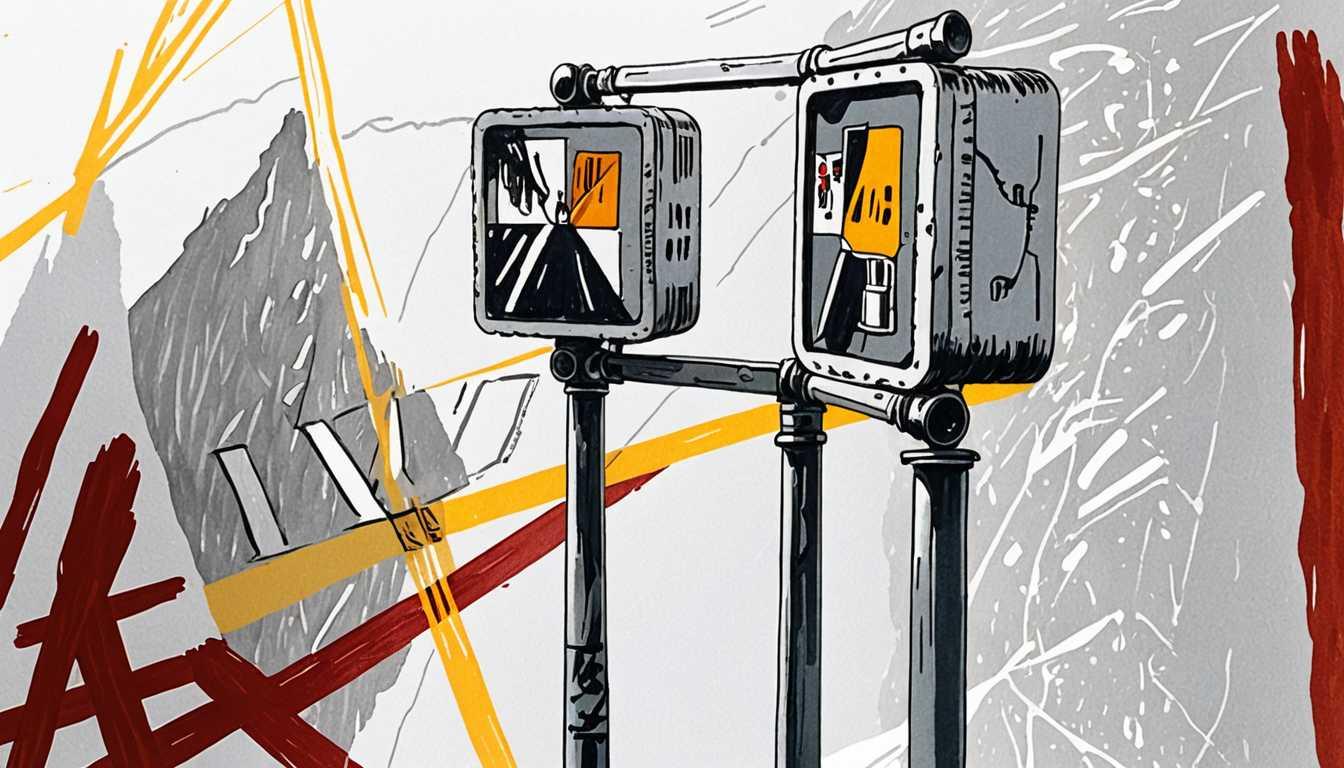Forecasting the Future: AI Meets Weather Science
July 2024
MIT Technology Review
Introduction
Did you know Google is shaking up the weather prediction game? Their new model, NeuralGCM, teams up AI with traditional physics to deliver faster and cheaper forecasts! Imagine predicting those summer storms before they interrupt your plans! This clever combo keeps the best of both worlds and could even help forecast climate events like tropical cyclones. Curious? Dive into the full scoop from MIT Technology Review and see how science and tech are changing the forecast!
READ FULL ARTICLEWhy It Matters
Discover how this topic shapes your world and future
Bridging the Gap Between Clouds and Code
Weather prediction might seem like a simple daily need—after all, who doesn’t want to know if they should carry an umbrella or wear a jacket? However, the science behind it is complex and rapidly evolving. Researchers at Google have developed a new model, NeuralGCM, that combines traditional weather forecasting methods with cutting-edge artificial intelligence (AI). This innovative approach has the potential to revolutionize how we predict not just daily weather, but also larger climate events that can impact communities around the globe. This matters because accurate weather predictions can help save lives, inform agricultural practices, and guide economic decisions. Additionally, understanding the interplay of AI and traditional models opens up exciting discussions about the future of technology and its role in our lives. By learning about this topic, you can see the connections between science, technology, and everyday experiences, making it relevant to your own world.
Speak like a Scholar
Machine Learning
A type of artificial intelligence that allows computers to learn from data and improve over time without being explicitly programmed.
General Circulation Model (GCM)
A complex computer model that simulates the Earth's atmosphere and climate based on physical principles to predict weather patterns.
Computational Power
The ability of a computer to process data and perform calculations, higher computational power means faster and more complex calculations.
Microclimate
A localized climate that differs from the larger area surrounding it, such as the fog in San Francisco that affects only a small region.
Open Source
Software that is made available to the public for free, allowing anyone to use, modify, and share it, fostering collaboration and innovation.
Climate Events
Significant weather-related occurrences, such as hurricanes or droughts, that can have profound effects on the environment and society.
Independent Research Ideas
Investigate the impact of machine learning on other fields
Explore how machine learning is being applied beyond weather forecasting, such as in healthcare or finance, and discuss the implications of these advancements.
Analyze historical weather data
Research how historical weather patterns can inform future predictions, focusing on specific case studies like droughts or floods in your local area.
Study the role of technology in disaster preparedness
Examine how new weather prediction technologies can enhance emergency response strategies for natural disasters such as hurricanes or wildfires.
Explore the ethics of AI in climate science
Delve into ethical considerations surrounding the use of AI in predicting climate changes and its potential effects on vulnerable populations.
Create a project on local microclimates
Investigate the unique microclimates of your hometown and assess how they affect local ecosystems, agriculture, or urban planning, using weather prediction tools for analysis.
Related Articles

Growing Smarter AI on a Budget
March 2023
Massachusetts Institute of Technology (MIT)

Beyond Captchas: Proving Humanity
October 2023
MIT Technology Review

Data Science: Beyond Business to Social Good
December 2022
Wharton School of the University of Pennsylvania

AI: Unlocking Safe Water Access
April 2023
UC Berkeley

Resistor Revolution: Rethinking Machine Learning Circuits
June 2024
MIT Technology Review